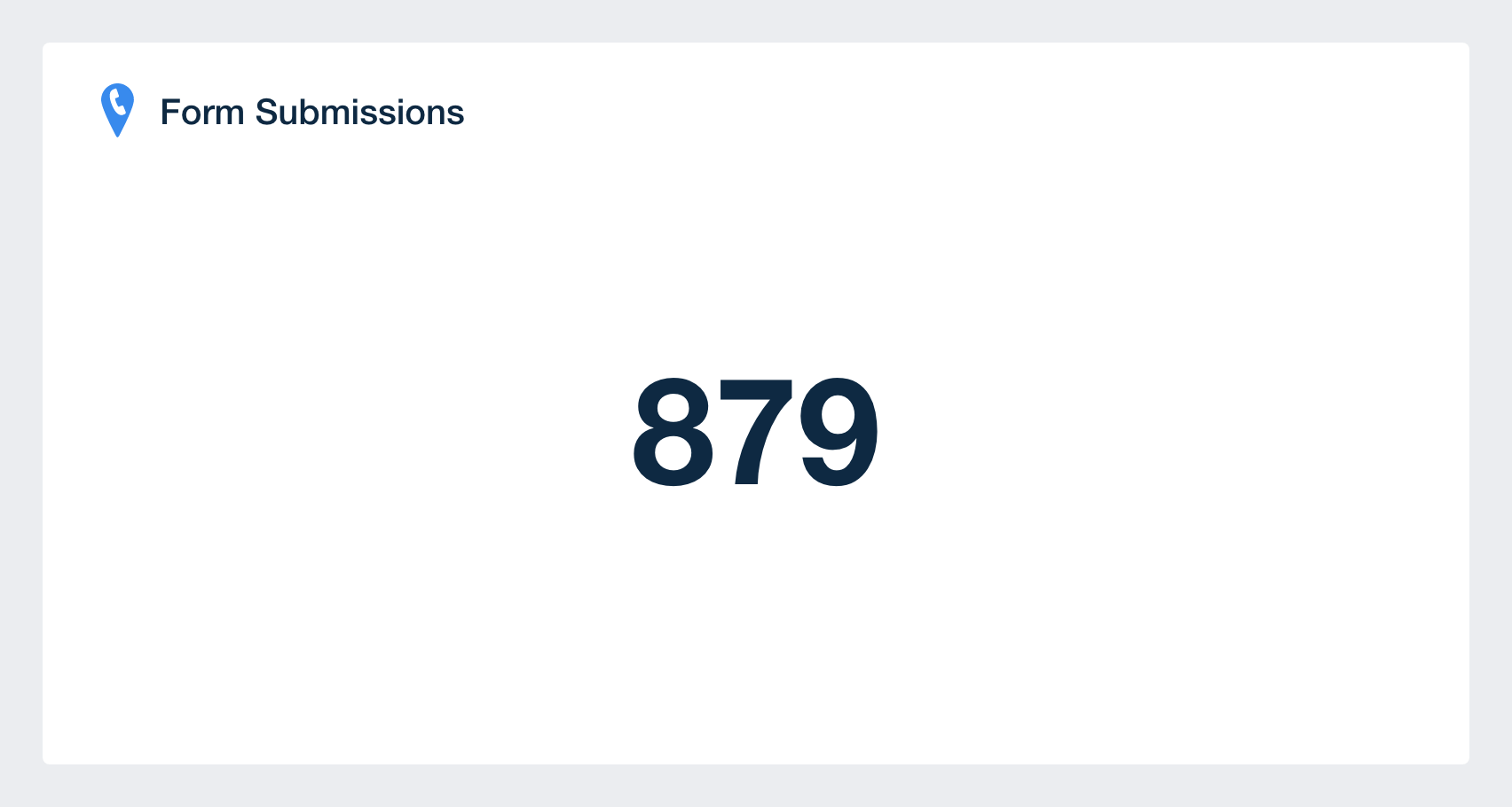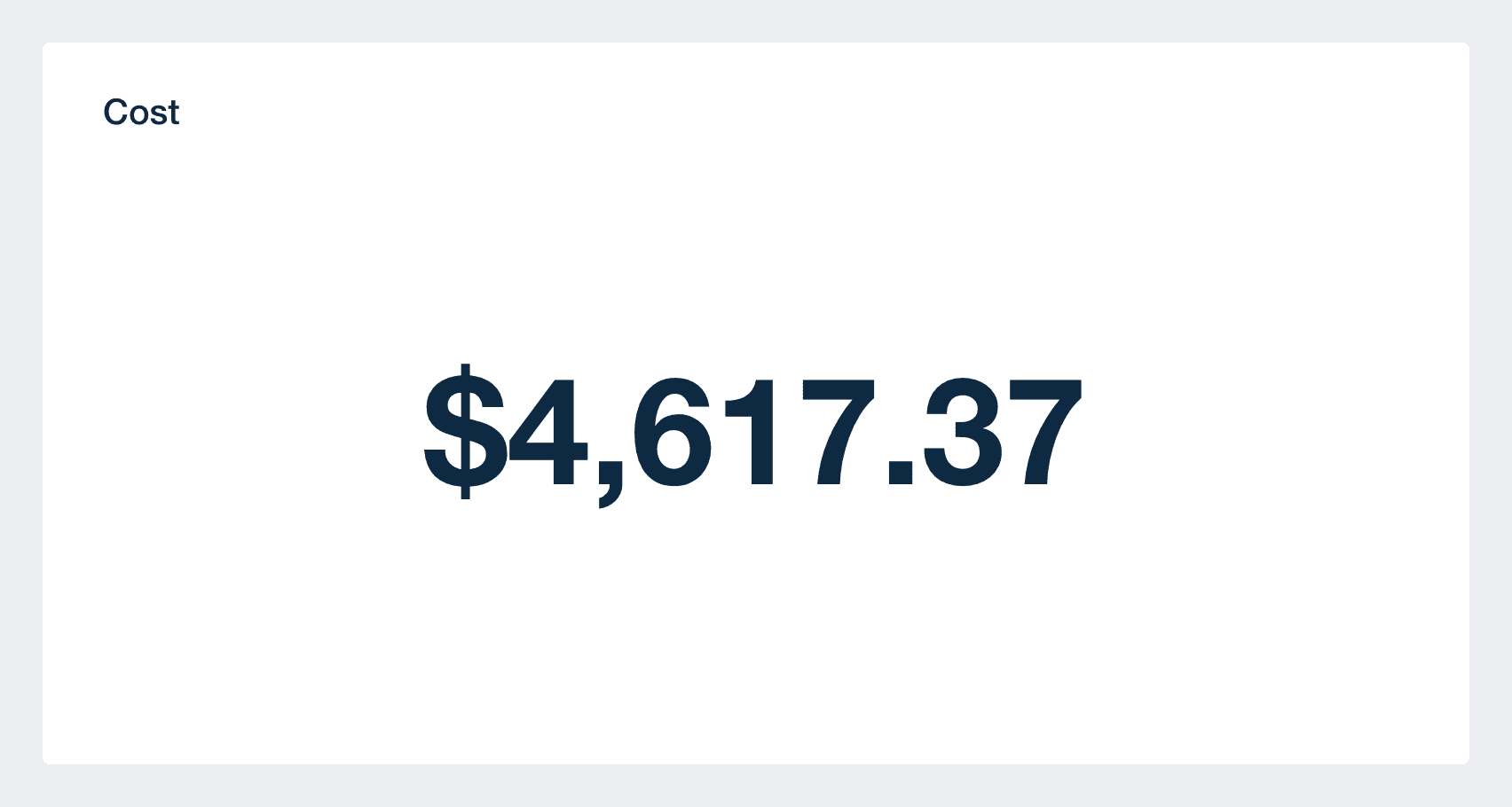

A white-labeled marketing dashboard consolidates key metrics, making it easier to track campaign performance across multiple channels. Customize widgets, white label dashboards, and highlight the KPIs that matter most to your clients—all in a single, intuitive view.
Provide clients with a live, up-to-date overview of their marketing performance while streamlining internal analysis. With automated reporting, flexible customization, and seamless integration with 80+ marketing platforms, agencies spend less time compiling data and more time refining strategies that drive results.
Having your client reports on autopilot means that all your clients’ latest stats are kept up to date without you having to manually transfer data from multiple platforms. It also means that you can hit schedule or send, leaving you ample time to work on the marketing creative. All you have to do is update the Executive Summary at the top, and make any additional notes or annotations as needed. Let the rest take care of itself.


Get all your clients’ marketing stats under one roof in minutes with a custom marketing performance dashboard. With fully customizable templates, easily move widgets, highlight key metrics, and tailor each dashboard to fit your client’s unique marketing strategy. Choose from over 80 integrations to pull in data from every platform your clients use.
Bonus: Turn your marketing dashboards into custom client reports with just a few clicks!
Your clients use more than just one channel to grow their businesses. Bring all their important key performance indicators into AgencyAnalytics’ powerful reporting platform to show the complete picture of your marketing efforts.
Easily combine marketing analytics from 80+ platforms to create reports in minutes, including website traffic, Google Ads, SEO analytics, social media, call tracking, and more.
Adding marketing dashboards is easy! Create custom dashboards and reports using the drag-and-drop editor or use the predefined reports available in the free template library.
YOUR RESULTS, YOUR AGENCY’S BRANDING
Match your agency’s brand to its dashboards and reports by uploading your agency’s logo, and selecting your brand’s color theme. Take advantage of multiple white label features for a complete white-labeled experience on all Agency and Agency Pro plans.
Save time and scale your agency by streamlining your staff’s workflows. Assign roles to your account managers so they have direct access to their clients’ campaign data. With 5 staff accounts on the Freelancer plan and unlimited staff accounts included on Agency plans and higher, your entire team has access to their own analytics interface.
GRANT CLIENT ACCESS WITH A LOGIN
Increase transparency and reduce client churn by giving your clients access to their real-time marketing dashboards. Plus, you can customize what level of detail each client can access based on their own comfort level with analytics.
With AgencyAnalytics Smart Dashboards, marketing agencies create comprehensive marketing dashboards in seconds. Whether you need a quick overview or detailed insights, Smart Dashboards provide a seamless solution for tracking marketing performance.
Use your Smart Dashboards as-is for quick-start performance tracking, or customize them with metrics, tracked goals, video embeds, and more. Whatever your agency needs, it's client-ready in just 11 seconds, making Smart Dashboards an indispensable tool for efficient and effective reporting.
AgencyAnalytics is here to help agencies succeed. Accessible 24/5, the live chat support is renowned for lightning-fast response times, usually under 3 minutes, ensuring you're never kept waiting. But speed isn't our only virtue–we pride ourselves on the outstanding quality of our service, reflected in our customer satisfaction ratings consistently soaring above 95%.
Go beyond generic client reports by automatically including the most critical marketing metrics in a professional white label marketing dashboard.
Use cross-campaign reporting to pull in key analytics from multiple marketing channels and give clients a complete picture of their digital marketing success.
Customize each dashboard or report template and then clone them to streamline client onboarding, helping your agency grow even faster.
Still have questions about how to create and use Automated Marketing Dashboards? Don’t worry, we’ve got you covered.
An Automated Marketing Dashboard is a digital marketing dashboard that consolidates campaign data from multiple sources into a single interface. It automatically pulls insights from tools like Google Analytics, Google Search Console, as well as PPC and social platforms to track key marketing metrics and support campaign performance.
To create an Automated Marketing Dashboard, connect your clients' platforms to a reporting tool like AgencyAnalytics, select from ready-made marketing dashboard templates, and apply your agency’s branding. These digital marketing dashboards reduce manual reporting and provide instant visibility into campaign results.
Track essential metrics such as conversions, impressions, cost-per-click, bounce rate, and engagement. Combine web analytics, SEO analytics dashboard data, and ad performance to build a full picture of progress toward your client's marketing objectives.
By automating data collection and visualization, the dashboard streamlines reporting and increases transparency. Marketing teams can present marketing performance dashboards with visualized, actionable insights that highlight how marketing strategies are supporting business goals.
The dashboard supports better decisions by highlighting what's working and what isn't. Agencies can adjust campaigns in real time using insights from an online marketing dashboard—helping teams stay focused on outcomes and continuously improve campaign ROI.
AgencyAnalytics offers a wide range of marketing dashboard examples, including a customizable SEO analytics dashboard template, web analytics dashboard template, email marketing dashboard template, social media dashboard template, and more. These templates help your marketing team quickly launch performance tracking for any client or marketing channel.
Popular dashboards include the PPC dashboard for tracking PPC performance, the website analytics dashboard for measuring web analytics impact, and the digital marketing dashboard template for digital marketing campaign reporting. Agencies also use the SEO monitoring dashboard to provide SEO overviews and the social media reporting dashboard to review social media metrics.
Free 14-day trial. No credit card required.
